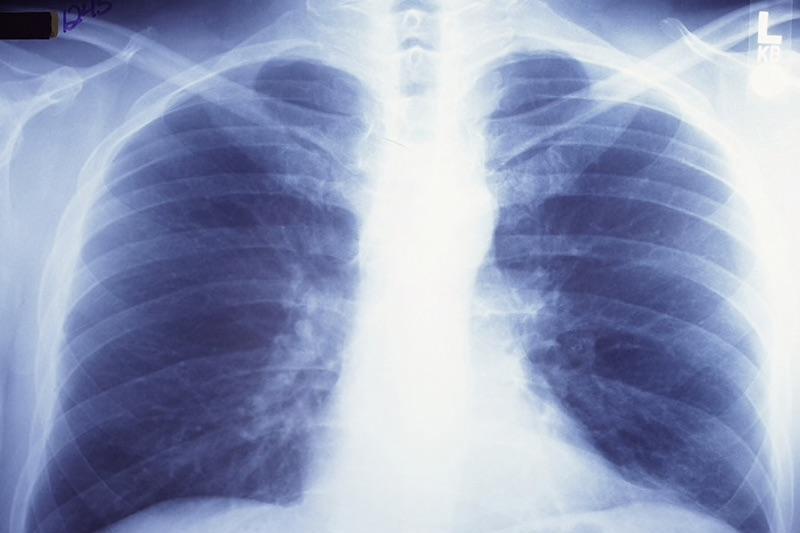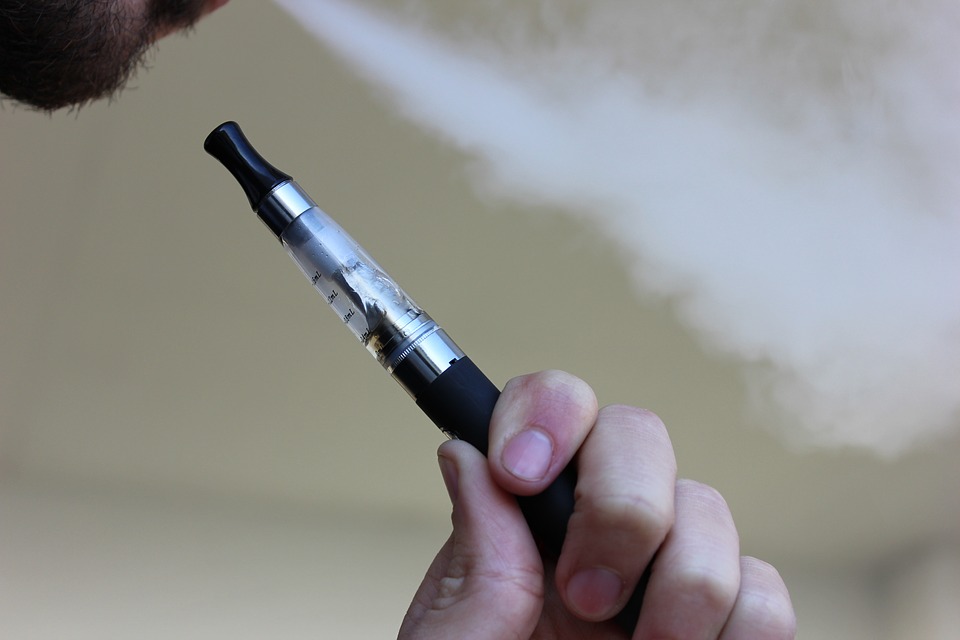August 30, 2019
New proposed updates to several screening and vaccination guidelines

The Advisory Committee on Immunization Practices (ACIP) of the Centers for Disease Control and Prevention (CDC) updated its recommendations for HPV, extending the recommended age for catch-up vaccinations to 26 for both men and women. The guideline for catch-up doses for women until age 26 has been in place since 2006, but until this change, the vaccine was recommended to most men until the age of 21.
Because there is still a high chance of exposure to HPV for those under the age of 26, catch-up doses are still effective. Though the Food and Drug Administration (FDA) has deemed the vaccine safe for adults until the age of 45, the CDC says the public health benefit in this age range is minimal and patients should speak with their doctors to make the determination about whether it is right for them.
Read the CDC press release.
The United States Preventive Services Task Force (USPSTF) released a draft update to its recommendations for both hep C testing and BRCA 1/2 genetic testing. For hep C, the USPSTF now recommends testing for all adults between the ages of 18 and 79 (previous guidelines recommended testing only for those at high risk of infection and/or anyone born between 1945 – 1965). The USPSTF says the change is due to new evidence showing a higher prevalence of infection in younger people, combined with advancements in treatments that have fewer harms and greater benefits.
Read the draft recommendations and submit comments by September 23, 2019, at 8:00 p.m. ET.
The USPSTF also released updated final recommendations regarding testing for BRCA 1 and BRCA2 gene mutations. They now recommend women with a personal or family history of breast, ovarian, tubal or peritoneal cancers have a familial risk assessment. The risk assessment should also be done for anyone with ancestry linked to BRCA gene mutations, such as women with Ashkenazi Jewish heritage. If the risk assessment has a positive result, those women should be referred to a genetic counselor to make a decision about genetic testing.
Read the USPSTF’s final recommendations and rationale.
FDA issues new proposed rule for graphic warnings on cigarette packaging and in advertisements
*Warning: Links in this story may lead to graphic images*

Adding these images fulfills a requirement of the Family Smoking Prevention and Tobacco Control Act, which was passed in 2009 and gave the FDA the authority to regulate the manufacturing, distribution and marketing of tobacco products. The FDA published a final rule in 2011 with approved images, which was challenged in court by several tobacco companies before being vacated in 2012. Several public health groups filed a suit earlier this year, which was upheld by a district judge who ordered the proposed rule to be published in August and finalized by March 2020.
Acting FDA Commissioner Dr. Ned Sharpless addressed the need for the new labels, saying, “With these new proposed cigarette health warnings, we have an enormous public health opportunity to fulfill our statutory mandate and increase the public’s understanding of the full scope of serious negative health consequences of cigarette smoking.”
Once finalized, the warnings must cover at least the top 50% of the front and back panels of cigarette packaging and at least the top 20% of any cigarette advertisements.
“Cigarette packages and advertisements can serve as an important channel for communicating health information to broad audiences that include both smokers and nonsmokers. Members of the public, including adolescents, are exposed to cigarette advertisements in print and digital media, as well as in and around stores where cigarettes are sold,” said Mitch Zeller, director of the FDA’s Center for Tobacco Products.
The Prevent Cancer Foundation® applauds the FDA’s effort to educate the public on the harmful effects of cigarettes and other tobacco products.
The proposed rule is open for public comment until October 15, 2019.
Cases of lung damage linked to e-cigarettes on the rise

Officials have not yet been able to determine if the cases were all caused by the same thing, but all of the patients reported vaping prior to experiencing symptoms. Reported symptoms included difficulty breathing, shortness of breath and chest pain, and some progressed to include vomiting, diarrhea and fatigue. In Wisconsin, where 30 cases have been reported, officials said patients may have consumed nicotine, THC and “synthetic cannabinoids (synthetic marijuana)” through vaping devices.
Preliminary studies on vaping show links to vascular, respiratory and cellular damage, and federal health agencies are looking into rare health issues potentially associated with vaping, such as seizures, injuries resulting from exploding devices—and, now, pulmonary diseases.
Although it is too soon to determine if vaping directly caused these incidents, the American Academy of Pediatrics warns that children and adolescents are vulnerable to nicotine poisoning, either through ingestion of absorption through the skin. E-cigarettes are not yet regulated by the Food and Drug Administration (FDA).
If you or someone you know are concerned about the possible health effects of vaping, contact the FDA.
North Carolina sues eight e-cigarette manufacturers

The companies listed in the lawsuit are: Beard Vape, Direct eLiquid, Electric Lotus, Electric Tobacconist, Eonsmoke, Juice Man, Tinted Brew and VapeCo. The state already filed a lawsuit against Juul earlier this year.
“Our complaints allege that these eight e-cig companies are helping to fuel an epidemic of vaping among high school and middle school students,” Stein said. “One look at their marketing materials demonstrates just how egregious their sales tactics are—with flavors like cotton candy, gummy bear, unicorn and graham cracker, they’re clearly targeting young people.”
The suit against Juul seeks to block the company from selling e-cigarettes to minors and prevent the online sale of flavors other than tobacco and menthol.

